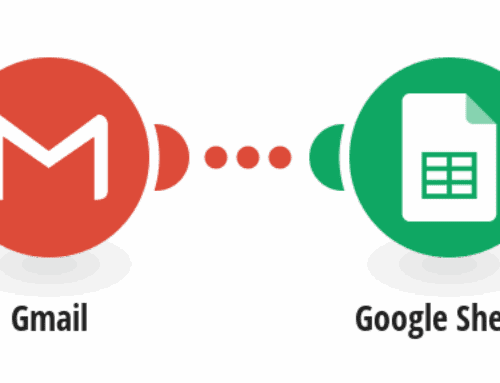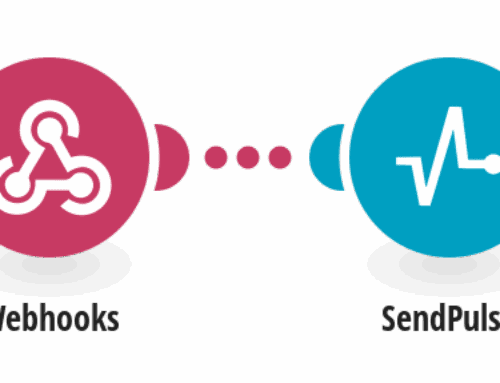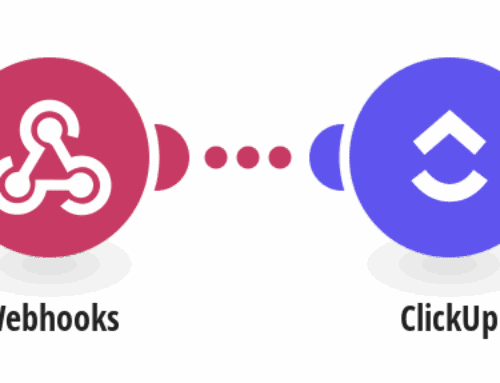How to Save Google Drive Video Files to VdoCipher
Introduction to Video Management
In today’s digital age, managing video files efficiently is crucial for both individuals and businesses. With the increasing use of online platforms for video hosting and sharing, understanding the best practices for video management has become essential. It’s not just about storing videos but also ensuring they are accessible and secure.
Google Drive offers a convenient way to store videos, but when it comes to security, there are limitations. This is where VdoCipher steps in. This comprehensive guide will walk you through the process of saving your Google Drive video files to VdoCipher, ensuring enhanced security and reliable streaming capabilities.
Why Choose VdoCipher?
VdoCipher is an excellent platform for those who value video privacy and security. Unlike standard video storage options, VdoCipher provides encrypted streaming, making it remarkably difficult for unauthorized users to access or duplicate your content. It’s like having an impenetrable vault for your video files.
Additionally, VdoCipher’s user-friendly interface allows you to manage and distribute your video content with ease. Whether you’re a content creator or a business professional, choosing VdoCipher can enhance your digital strategy by fortifying your video assets against piracy and unauthorized access.
Setting Up Your Accounts
Before you can transfer videos from Google Drive to VdoCipher, it’s important to have both accounts set up and ready to go. For Google Drive, all you need is a Google account, which most of us already have. VdoCipher requires a quick registration process on their website. Once you’ve signed up, you’ll gain access to powerful tools designed to keep your videos safe and sound.
Having both accounts operational is the first step towards seamless video management. Make sure your Google Drive account has sufficient storage and that you’re familiar with its basic functions. Similarly, take some time to explore VdoCipher’s features to make the most of what it has to offer.
Linking Google Drive to VdoCipher
The process of linking your Google Drive to VdoCipher is straightforward but crucial. First, navigate to the integrations section within your VdoCipher dashboard. Here, you’ll find instructions on connecting to Google Drive, allowing the two platforms to communicate effectively.
This connection enables you to directly import videos to VdoCipher, thus eliminating manual downloads and uploads. This not only saves time but also minimizes the risk of errors during the transfer process. Once linked, your workflow becomes more efficient, letting you focus more on creating great content.
Transferring Video Files
Now that your accounts are linked, it’s time to transfer your video files. Go to your Google Drive and select the videos you wish to secure with VdoCipher. Using the integration, initiate the transfer, and watch as your videos move from Drive to VdoCipher’s robust infrastructure.
This seamless transfer is akin to moving your valuables from a simple cabinet into a high-security vault. Ensure you check the integrity of these files post-transfer to confirm everything operates smoothly. If needed, re-upload any files that didn’t transition correctly to maintain your content’s availability and security.
Securing Your Videos
Once your videos are safely on VdoCipher, securing them is your next priority. Leverage VdoCipher’s encryption features to ensure your content remains exclusive to authorized viewers. You have full control over who views your videos, similar to holding the keys to your personal cinema.
Set restrictions as needed, such as password protection or view limits, to further bolster your video privacy. This level of security is especially beneficial for educational content creators, filmmakers, and businesses seeking to protect intellectual property.
Ensuring Ease of Access
While security is paramount, accessibility shouldn’t be overlooked. VdoCipher makes it easy to embed videos in your website or share them via direct links, ensuring your audience can enjoy your content without jumping through hoops.
With features like customizable video players and adaptive streaming, you can tailor the viewing experience to match your brand while providing a seamless playback for users. This balance of security and accessibility empowers you to reach your audience effectively while keeping your content safe.
Conclusion: Streamline Your Video Management
Managing video content doesn’t have to be complicated. By using VdoCipher alongside Google Drive, you achieve a harmonious blend of convenience, security, and accessibility. This guide helps set up a system that protects your videos while keeping them easily reachable for your audience.
Take advantage of VdoCipher’s technologies to safeguard your creative work and professional content, ensuring they are consumed by the right people at the right time. Embrace this system to enhance your video management strategy today!
FAQs
- What is VdoCipher?
VdoCipher is a secure video hosting platform that offers encrypted streaming to protect your videos from unauthorized access and piracy.
- Is VdoCipher suitable for small businesses?
Yes, VdoCipher is beneficial for businesses of all sizes looking to protect their video content with advanced security features.
- Can I stream live videos via VdoCipher?
Currently, VdoCipher focuses on secure hosting and streaming of pre-recorded content rather than live streaming.
- How does VdoCipher ensure video security?
VdoCipher uses encryption and other security measures to prevent unauthorized downloads and sharing of your video files.
- Do I need technical skills to use VdoCipher?
No, VdoCipher is designed to be user-friendly. You do not need extensive technical knowledge to operate the platform effectively.









